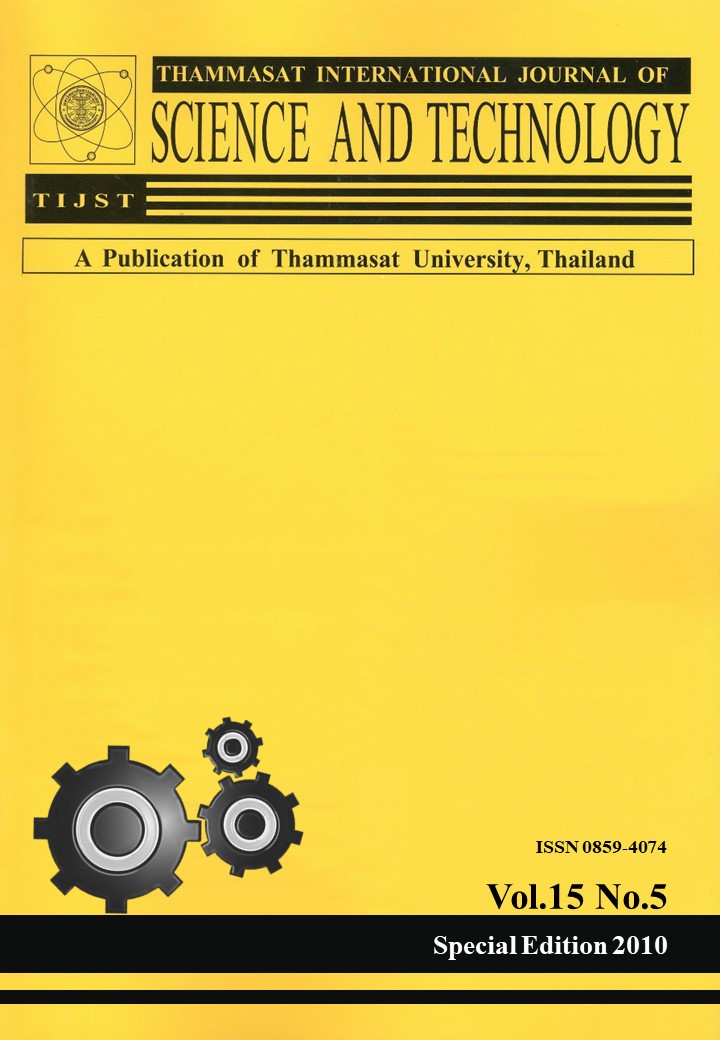Improving Sinterability of Aluminium Alloy (Al-Si-Cu-Mg) by Adjusting Sintering Conditions
##plugins.themes.bootstrap3.article.main##
摘要
In this work, pre-alloyed Al-Si-Cu-Mg powders were compacted and sintered using different sintering conditions by adjusting the level of vacuum applied before heating, the atmospheric controlling conditions, the purity of nitrogen gas, sintering chamber and chamber capacity. The results suggested that the sinterability can be improved by employing higher purity of nitrogen gas. In addition, a sufficient flow of gas compared to the chamber capacity of furnace is highly important to ensure proper sintering. Well sintered Al-Si-Cu-Mg aluminium alloy has more homogeneous dispersion of silicon phase and less pores.
Furthermore, the self-gettering phenomenon is the result of poor sintering at the specimen surface. The optimum sintering condition had the lowest dew point temperature, which was - 38°C. This optimum sintering condition produced sintered parts with the best properties, i.e. the highest sintering density (2.62 g/cm3), the highest tensile strength (131MPa) and the highest hardness (76 HRF).


